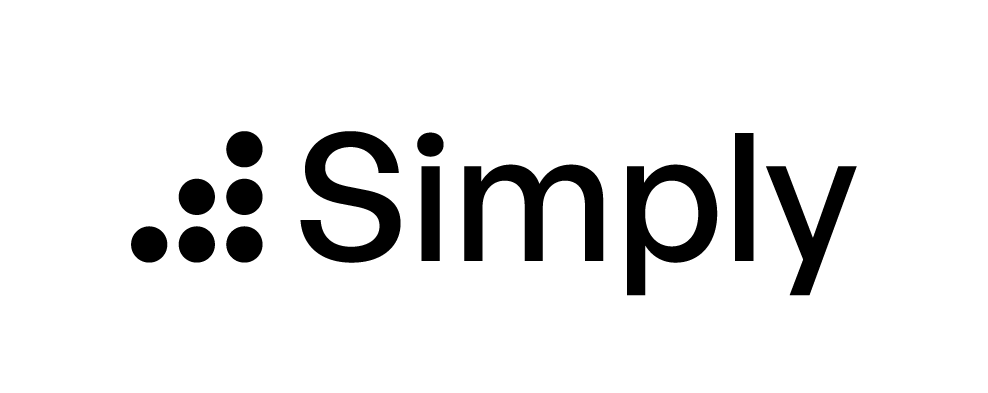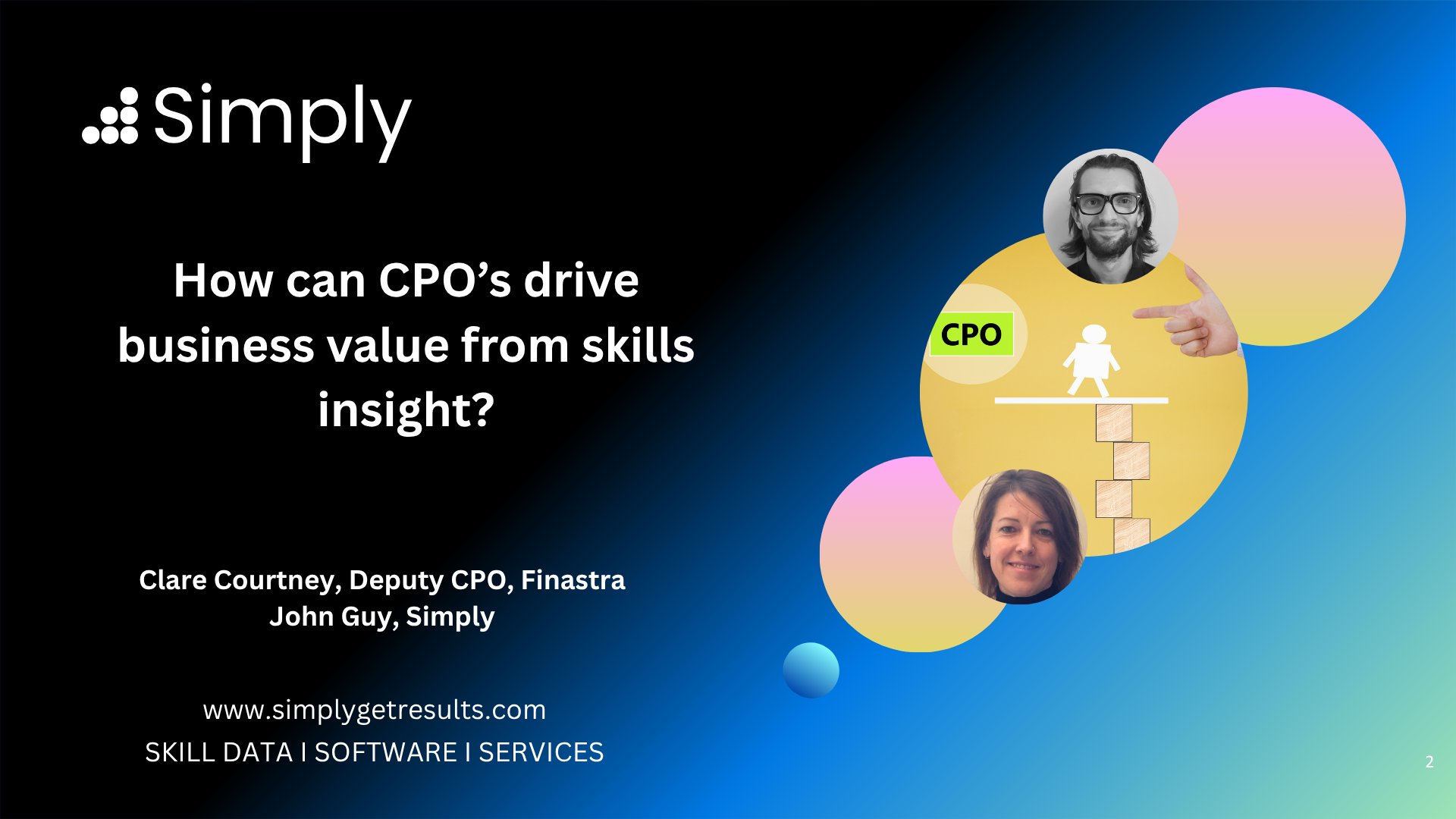Simply Skills Chat: How can CPOs drive business value from skills insight?
“Skills are only valuable if they’re part of the system and the system works.”
That’s what Clare Courtney and I kept circling back to. As a Chief People Officer with engineering roots and real-world scars from leading global workforce transformations, Clare knows what it really takes to use skills data to deliver business results.
From managing dispersed teams across 38 countries to integrating skills into strategic planning, her approach is pragmatic, systematic and human.
Why Skills Data Fails Without Strategy
Clare put it simply: “Knowing what skills your people have is interesting, but why do you need to know? What problem are you trying to solve?”
Too often, HR gets caught up in analysis without action. Data should never live in a vacuum. It needs a business problem to anchor to a revenue goal, a cost-saving target or a talent gap to close.
She laid it out: skills data only matters if it's used to influence the broader system of the organisation, from hiring and engagement to delivery and strategy.
System Thinking: From Engineering to HR
Clare described HR leadership like engineering a house:
The structure is your processes and org charts.
The furniture is your roles and job descriptions.
But the system? That’s how people live in it. How they interact, contribute, and feel.
Without understanding the system, you won’t fix the real problem. Your data could tell you you’ve got skills gaps, but is it a capability issue or a broken decision-making process? A lack of engagement or a line manager mismatch?
Hypothesis or Discovery? Use Both.
We talked about two ways to approach skills data:
Hypothesis-driven: You think there’s a problem, and you test it.
Exploratory: You don’t know what you’ll find, but you dig into the data anyway.
Both have value, but beware. Hypotheses can become echo chambers. Exploration can lose focus. The best leaders use both approaches and keep an open mind.
Data Doesn’t Replace Belief
Even with the most robust skills insight, you still need to make some bets on your business and workforce strategy.
Clare reminded us: “Sometimes you can’t prove it—but everything points to it. That’s where belief matters. If you give people the right purpose and tools, most will show up with the intention to do good work.”
HR isn’t just science: it’s also art. You need to use data to test and broaden your thinking, to make risk-weighted decisions.
Actionable Insights: How to Build a Skills-Driven Org That Actually Works
🧭 Start with the business problem. Don’t roll out a skills strategy to solve a business challenge using skills as a tool.
🔍 Map the system. Know how tech, leadership, hiring and governance all interact to activate skills in your context.
📉 Differentiate between lead and lag indicators. Don’t just track them, dig into the root of what drives the outcome.
🧠 Test and learn. Pilot initiatives, learn fast and adapt quicker. Avoid “boiling the ocean” or “cooking the sea!”
💬 Listen as much as you measure. Data alone won’t give you context—conversations will.
Keep It Human
Clare ended with a story that stuck with me: You can engineer the perfect blueprint. But at the end of the day, someone’s laying bricks on the ground. If they’re unclear on where to start, the whole thing can go sideways.
That’s HR’s job, build the system, but never forget the human laying the first brick.


